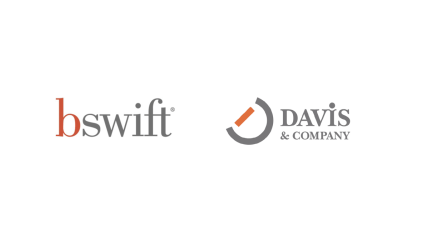
On March 1 every year, organizations around the world will celebrate Employee Appreciation Day. But what happens on March 2 and the rest of the year?
Research tells us that appreciation, or recognition, contributes to employee engagement and company performance. According to Deloitte, employee engagement, productivity and performance are 14% higher in organizations with recognition programs than those without.
Celebrating employees’ contributions on March 1 is a great start, but how do you demonstrate appreciation throughout the year? Here are three strategies to create a culture of recognition:
1. Start at the top
Senior leaders set the tone for the culture in of an organization. If they prioritize recognition in their communication, it amplifies employees’ efforts and demonstrates that recognizing colleagues is important. When leaders champion recognition, they:
- Connect to the big picture. Leaders can help employees understand how projects and activities connect to the larger strategy and support the vision of the organization.
- Promote a formal recognition program. If your organization has an existing recognition program in place, senior leaders can promote it in their town halls, leader meetings and other communication. Even if there isn’t a formal system, leaders can prompt their reports to celebrate an achievement. “How will we recognize Susan and her team for their work?”
- Focus on more than the result. Leaders can demonstrate that recognition is about more than what was achieved, by acknowledging the journey to get there—a kickoff or milestones along the way.
2. Infuse recognition into your content mix
Your organization’s core communication channels are the perfect spot to embed recognition. For example:
- Create a “Shout out” area on your internal social channel (such as Workplace or Viva Engage) where leaders, managers and peers can recognize colleagues.
- Include a regular “Recognition moment” in Town Halls or other large meetings. Create a calendar for leaders so they know when it will be their turn to recognize an employee or team.
- Use digital signs to recognize teams or employees by location. Create a simple template including a photo and word count to make it easy for anyone to submit.
If you create content for channels, include recognition as a key part of your editorial mix. For example, when it comes to stories on the intranet, set a target that 20% will include some form of recognition—whether it’s a story about a team solving a challenge or an individual reaching a milestone.
3. Empower managers
Employees see their managers as more than the person they report to. In fact, a recent study found that employees value recognition from their manager the most—above leaders and peers.
Unfortunately, most managers aren’t good at keeping recognition top of mind. Some managers may find giving praise too time-consuming, while others struggle with knowing when and how to show their appreciation.
Help managers with this important task by giving them tools:
- Encourage managers to celebrate success by calling out individuals in team meetings or in online communication tools. Provide examples and reminders to make it as simple as possible.
- Share ideas of low- and no-cost recognition moments—from a thank you note mailed to an employee’s home to a team lunch.
- Ask managers to share success stories so they can be leveraged across internal channels. Give tips for submissions, including word count and types of content.
- Help managers share up—to their managers so senior leaders call out teams, projects and accomplishments to a broader audience.





